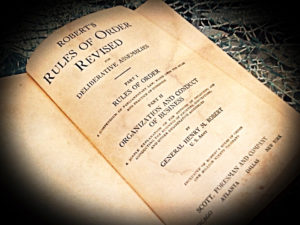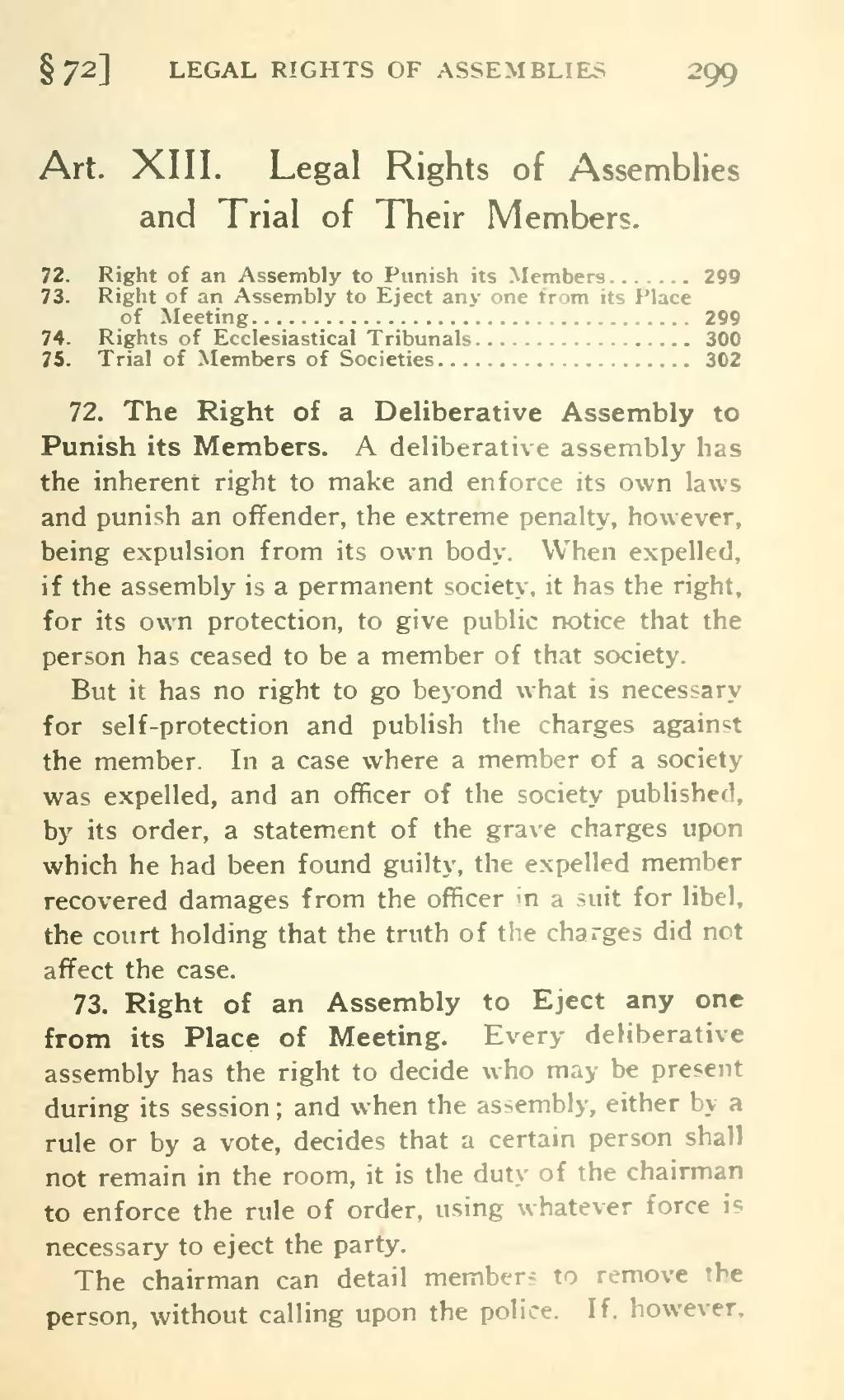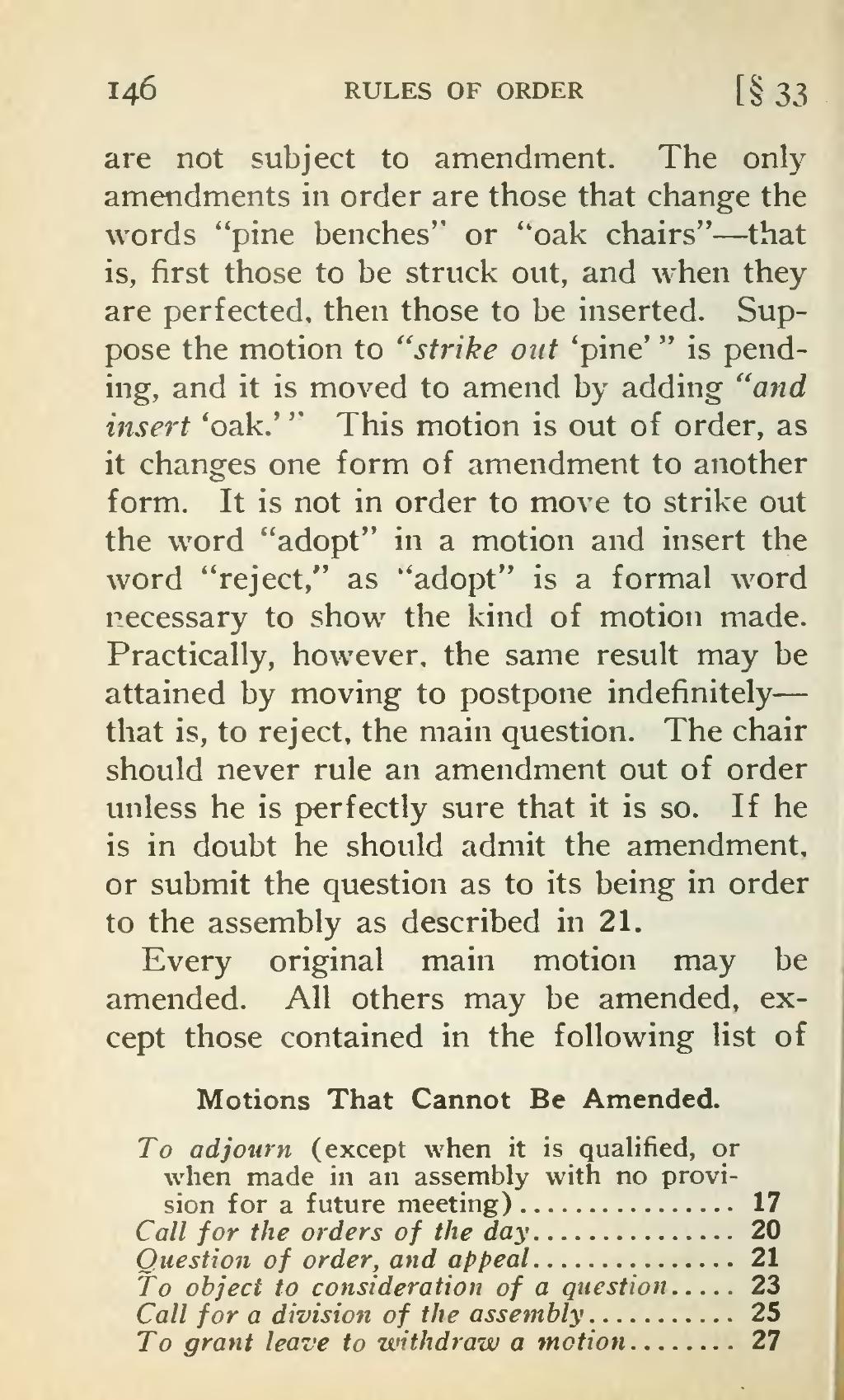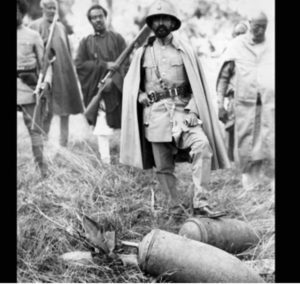7. Chris Johnson, Matthew D.
Affolter, Paul Inkenbrandt, and Cam Mosher Salt Lake Neighborhood College through OpenGeology. Relative time lets scientists to explain to the story of Earth functions, but does not deliver unique numeric ages, and consequently, the level at which geologic processes operate. Based mostly on Hutton’s basic principle of uniformitarianism (see Chapter one), early geologists surmised geological processes perform bit by bit and the Earth is really outdated.
Relative relationship principles was how scientists interpreted Earth record till the stop of the nineteenth Century. Due to the fact science advancements as know-how advances, the discovery of radioactivity in the late 1800s furnished researchers with a new scientific instrument known as radioisotopic dating . Using this new engineering, they could assign particular time models, in this case years, to mineral grains within just a rock.
- How crucial will it be to experience same opinion of union for a love affair?
- Ways to fully grasp rather long-extended distance working relationships?
- How can you expose kinks or fetishes in a romance?
- How do I process envy at the bond?
- Learn how to address a person who seems to be exceedingly jealous?
- How could i overcome adult dating a particular person accompanying a several standard of self-sufficiency?
- Is it possible to be mates which has an ex?
When will i get around courting in age of social media marketing?
These numerical values are not dependent on comparisons with other rocks this sort of as with relative courting, so this relationship strategy is called absolute relationship [five]. There are numerous types of complete courting mentioned in this part but radioisotopic dating is the most common and thus is the concentration on this area. Radioactive Decay. adultfriendfinder.com All factors on the Periodic Table of Things (see Chapter 3) incorporate isotopes.

An isotope is an atom of an component with a distinct variety of neutrons. For example, hydrogen (H) always has one proton in its nucleus (the atomic amount), but the amount of neutrons can fluctuate amongst the isotopes (, one, two).
Remember that the selection of neutrons included to the atomic number presents the atomic mass. When hydrogen has 1 proton an.
neutrons it is often named protium ( one H), when hydrogen has 1 proton and 1 neutron it is referred to as deuterium ( two H), and when hydrogen has 1 proton and two neutrons it is known as tritium ( three H). Many things have both equally steady and unstable isotopes. For the hydrogen case in point, 1 H and 2 H are steady, but three H is unstable. Unstable isotopes, identified as radioactive isotopes , spontaneously decay above time releasing subatomic particles or electrical power in a course of action referred to as radioactive decay .
When this takes place, an unstable isotope results in being a more secure isotope of yet another ingredient. For case in point, carbon-14 ( fourteen C) decays to nitrogen-fourteen ( 14 N). Figure (PageIndex ): Simulation of 50 %-everyday living. On the left, 4 simulations with only a couple of atoms. On the proper, four simulations with many atoms. The radioactive decay of any individual atom is a fully unpredictable and random celebration.
Even so, some rock specimens have an enormous variety of radioactive isotopes, probably trillions of atoms and this massive group of radioactive isotopes do have a predictable pattern of radioactive decay. The radioactive decay of half of the radioactive isotopes in this team can take a unique quantity of time. The time it requires for half of the atoms in a substance to decay is called the 50 %-lifetime . In other phrases, the fifty percent-lifestyle of an isotope is the total of time it will take for half of a group of unstable isotopes to decay to a stable isotope. The half-daily life is continuous and measurable for a presented radioactive isotope, so it can be applied to compute the age of a rock. For case in point, the half-lifestyle uranium-238 ( 238 U) is 4.
The principles at the rear of this dating system involve two essential assumptions. Very first, the mineral grains that contains the isotope formed at the similar time as the rock, such as minerals in an igneous rock that crystallized from magma.
Second, the mineral crystals keep on being a closed system, which means they are not subsequently altered by things moving in or out of them. Figure (PageIndex ): Granite (still left) and gneiss (ideal). Courting a mineral inside of the granite would give the crystallization age of the rock although courting the gneiss could possibly replicate the timing of metamorphism. These necessities place some constraints on the forms of rock appropriate for courting, with the igneous rock being the finest.









